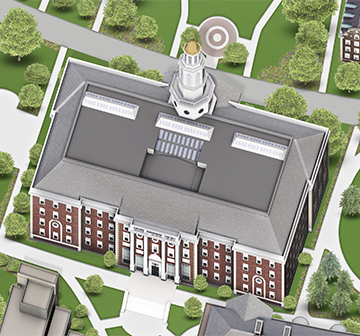
The early efforts of AASU had a direct influence on the HBS classroom. In response to AASU's core demands, HBS began to broaden the focus of its curriculum. Existing first–year required courses such as "Human Behavior in Organizations" and "Planning and the Business Environment" started to incorporate case studies on Black entrepreneurship and corporate expansion into urban environments. Changes occurred in the second–year elective curriculum with courses like "Business and Society in Black Africa," "Systems Analysis: The City," and "Black Power and the Business Community." Students could pursue self–directed research reports, initiate seminars of their own design, or cross–enroll in courses of related interest at Harvard or M.I.T. HBS also increased African American faculty representation. Ulric St. Clair Haynes Jr. served as a visiting professor from 1968 to 1972, and Stuart Taylor and Charles Johnson joined the faculty soon after.







